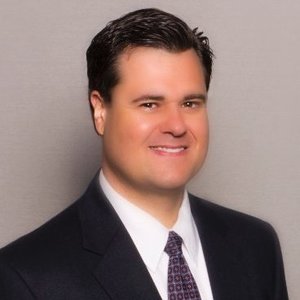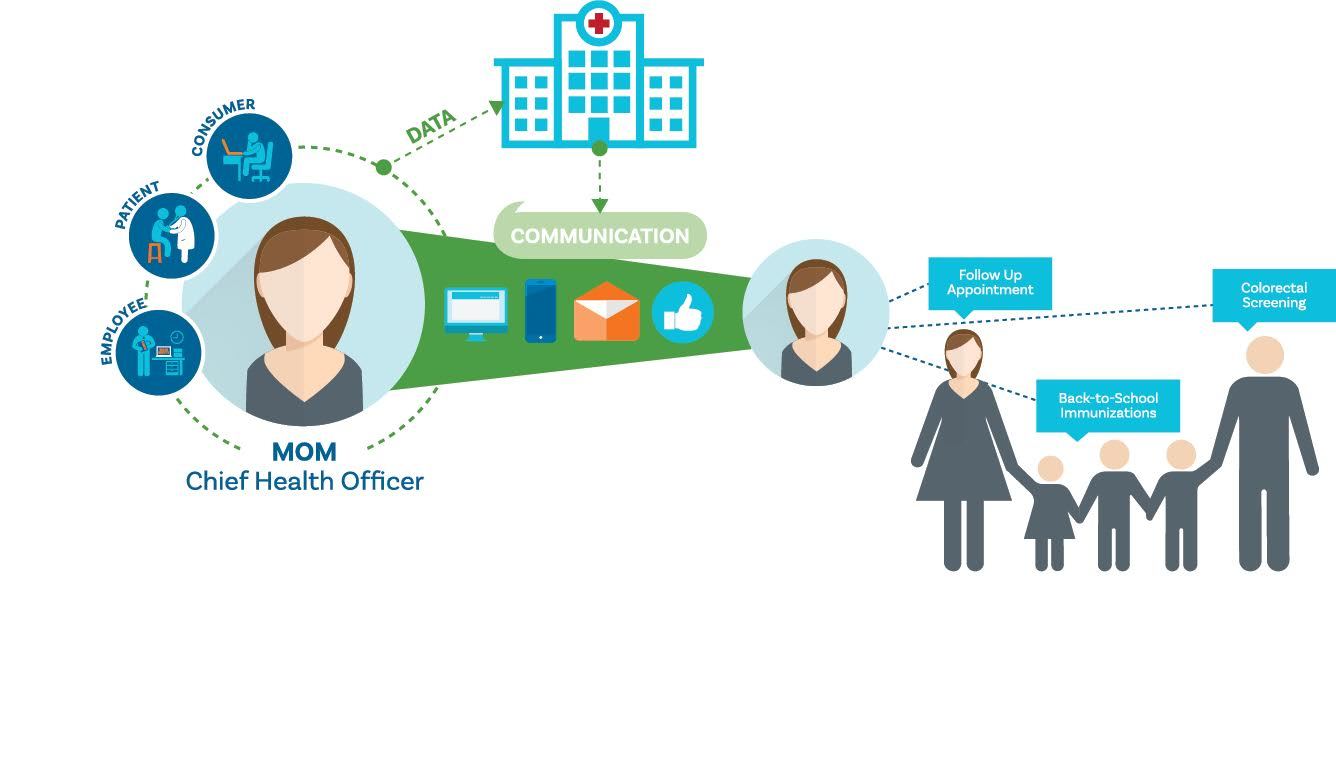Next-Generation CRM: Intelligent, Individualized, Automated
// By Jane Weber Brubaker //
 Demands on health system marketing departments for growth and accountability are relentless. Data-driven marketing is the new imperative, yet marketing departments typically run lean, with lean budgets. Digital marketers have to be experts in web development, content management, social media, digital advertising, attribution modeling, multichannel marketing, and lately, big data, artificial intelligence, and machine learning.
Demands on health system marketing departments for growth and accountability are relentless. Data-driven marketing is the new imperative, yet marketing departments typically run lean, with lean budgets. Digital marketers have to be experts in web development, content management, social media, digital advertising, attribution modeling, multichannel marketing, and lately, big data, artificial intelligence, and machine learning.
CRM systems have evolved to give marketers the ability to target the right individuals and measure the effectiveness of marketing efforts. But these systems don’t run themselves. They require people to develop and manage campaigns, and analysts to report on the results. A new offering on the CRM landscape, Trilliant Health’s Intelligent CRM, seeks to take this heavy load off the shoulders of health system marketing departments.

Darin Szilagyi, vice president of marketing and public relations at Methodist Health System
“For many chief marketing officers around the country, there’s been a plateauing of our expectations around CRM systems, but also a sincere hope that there were more possibilities that could be unlocked,” says Darin Szilagyi, vice president of marketing and public relations at Methodist Health System in Dallas.
“The rise in sophistication of healthcare marketing has brought us to the point where the potential for a new and more refined CRM was merited, and that appears to be where Trilliant’s Intelligent CRM is going.” Methodist Health System has entered into an agreement to use Trilliant as its CRM, and is currently in the prelaunch phase.
Devin Carty is founder and chairman of the board of Trilliant Health. “Our goal is to move marketers out of the execution mode and into the strategy mode,” he says. “[The CRM] moves marketers from tactically going in and appending content to a campaign, picking a select audience and launching it, to a fully automated air traffic control view.”

Devin Carty, founder and chairman of the board of Trilliant Health
Trilliant Health was formed in June 2017 when Clariture Health and Aegis Health merged, and then acquired Expression Health Analytics, bringing together solutions to drive digital consumer acquisition, increase engagement with employers and commercially insured patients, expand market share through physician relationship management, and identify growth opportunities through market analytics. Collectively, Trilliant now works with more than 1,100 healthcare providers around the country.
Taken together, the new enterprise has access to a large volume of data:
- Analytics platform containing 14 billion claims linked to 280+ million Americans
- Consumer-focused solution currently running 200,000 paid search ads for more than 500 hospitals
- Employer-focused solution engaging 5,400 employers equalling almost 1.4 million FTEs
- Physician-focused solution powered by a curated database of more than 900,000 physicians, including practice demographics (patient volume & payer mix) and referral relationships
“The next phase needed was a CRM that is able to do the attribution matching and say, ‘You spent X and we gave you Y back in actual net revenue contribution,’” Carty says. This is a typical task for CRMs, but Trilliant Health wanted its CRM to do more. Carty adds, “We saw that there were a few gaps that we really wanted to go after. I’m aligning them to three things: One is analytics, the second is individualized content, and the third is automation.”
1. Analytics
The core of Trilliant’s analytics platform is its comprehensive claims database. “It’s basically a longitudinal record on how those individuals are consuming healthcare,” says Carty. “That is the foundation of what’s now driving our consumer digital media spend.” With this platform, hospitals have access to data on all patients in their markets, not just their own.
Layered on this foundation, the CRM incorporates behavioral data, employer data (health benefits, in-network/out-of-network care), and de-identified data from electronic health records (EHRs). “This gives us a 360-degree view of the consumer to understand what they look like, both as a patient that consumes healthcare, a consumer with buying patterns, and with an actual employer,” says Carty.
The database is refreshed in real time with daily feeds of claims and consumer data. The Trilliant CRM “recommender system” then identifies the biggest opportunities in the market, and recommends which campaigns to run.
2. Individualized content
A primary goal for many health systems is engaging “Dr. Mom,” the family decision-maker regarding healthcare. “We’re trying to target the chief health officer mom, or whoever is making that household’s health decisions,” says Carty. “Our goal is to make their lives easier by communicating what they need based on what we know of them, and what their family needs.”
Trilliant’s team of content developers builds content on the front-end and pushes it out based on a specific individual or household, for example, sending a reminder that it’s time for an adult in the household to have a colorectal screening, or a child to get school shots.

Each health system determines the communication protocols according to its defined objectives. Trilliant’s content team works with the organization to develop the messaging and establish the type of communication to send when certain events occur, such as a patient leaving the ED who doesn’t have a primary care physician.
3. Automation
The recommender system is designed to discover the largest opportunities in the market as well as reveal where the health system has capacity. Carty describes the system as a machine learning engine. It is fully automated based on what is known about the highest-target consumers. “If you’re going to run a knee replacement campaign, for example, this is the best patient persona,” says Carty.
“We’re constantly monitoring what the best keywords are, the best social audiences, where the lowest cost per lead is being generated from, or the lowest cost per patient, and adjusting that information and data,” Carty says. “Because we’re running so many campaigns in the digital landscape today, for so many healthcare systems, we know what works. We’re constantly testing new content and creative.” The system recommends the best way to spend marketing dollars, by channel, ad creative, and service line, freeing healthcare marketers to focus on the strategy.
“What I see in Trilliant’s Intelligent CRM is the ability to look across the variety of my acquisition marketing spends and harmoniously balance it and optimize it for each service line,” says Szilagyi.
The overhead needed to run the system is on the solution provider side. “We’ve got content writers, and 40 out of the 80 FTEs that we currently have are data scientists or technologists,” Carty says. “They’re writing code for the system to actually run from a machine learning standpoint.”
Competitively Priced Model, Attractive ROMI
The CRM is priced competitively, according to Carty, and is available for an annual subscription, with no limit on the number of campaigns. “Most of the campaigns that we’re running right now, we’re seeing somewhere around a 6-14X contribution margin ROMI,” says Carty.
Methodist Health System will be the first organization to use Trilliant’s Intelligent CRM. “It’s the stewardship piece that’s at the heart of it. As healthcare marketers, it is critical that we are all great stewards with our resources,” says Szilagyi.
Jane Weber Brubaker is executive editor of Plain-English Health Care, a division of Plain-English Media. She directs editorial content for eHealthcare Strategy & Trends and Strategic Health Care Marketing, and is past chair of the eHealthcare Leadership Awards. Email her at jane@plainenglishmedia.com.


